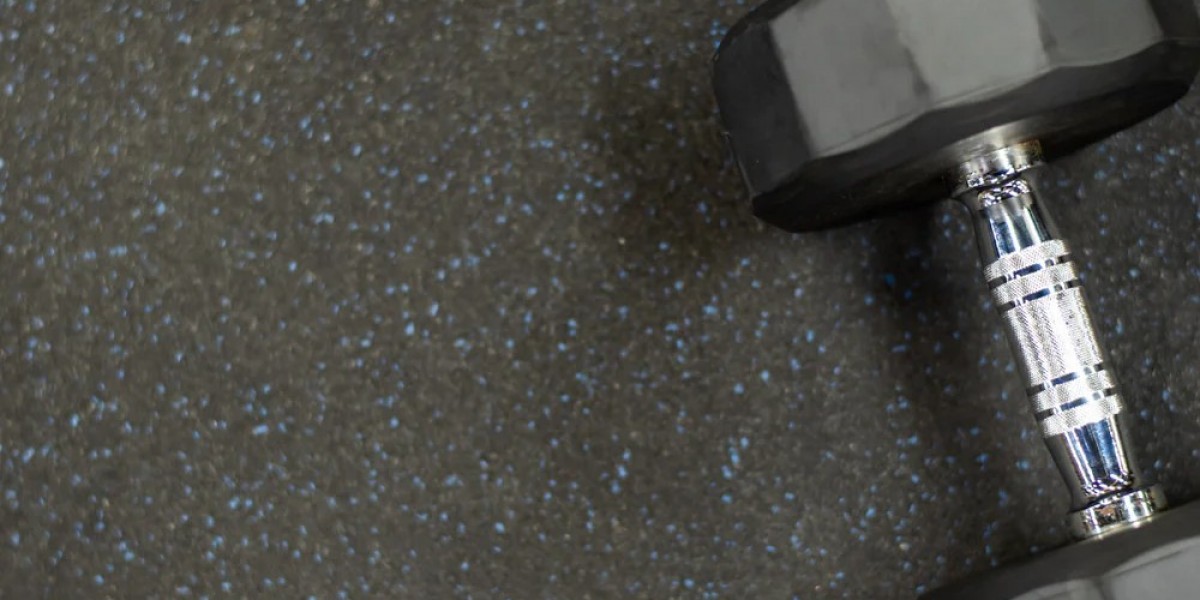Whether you're building a commercial gym or setting up a home workout space, one of the most overlooked but critical components is gym flooring. Gym flooring mats are not just aesthetic additions; they serve a vital role in safety, equipment longevity, and overall workout performance. In this article, we’ll dive deep into what gym flooring mats are, their benefits, and why you should consider investing in high-quality mats for your fitness space.
What Are Gym Flooring Mats?
Gym flooring mats are specially designed surfaces used in workout areas to provide cushioning, stability, and protection for both the user and the underlying floor. They come in a variety of materials, including rubber, foam, PVC, and vinyl, each tailored for specific types of exercise and environments. From heavy lifting platforms to yoga studios, there is a gym flooring solution to meet every need.
Most commonly, these mats are used in:
- Weightlifting zones
- Home gyms
- Commercial fitness centers
- CrossFit boxes
- Martial arts studios
- Cardio rooms
The primary goal of gym flooring mats is to absorb shock, reduce noise, and create a non-slip surface that enhances the overall exercise experience.
Types of Gym Flooring Mats
Before you shop gym flooring mats, it's important to understand the various types available:
1. Rubber Mats
Rubber mats are among the most popular options for gyms. They're extremely durable, offer excellent shock absorption, and are ideal for heavy-duty use like weightlifting or high-impact cardio. These mats often come in interlocking tiles or large rolls for easy installation.
2. Foam Mats
Foam mats are lighter and typically used in home gyms or for bodyweight exercises, yoga, and Pilates. They offer great cushioning but aren't suitable for heavy weights as they can compress and wear out faster.
3. PVC and Vinyl Mats
These are water-resistant and easy to clean, making them a great option for cardio areas, aerobic studios, or multi-use rooms. They often come in a textured surface for better grip.
4. Turf Flooring
Artificial turf mats are becoming increasingly popular for functional fitness and sled pushes. They’re usually paired with rubber padding for extra shock absorption.
Why You Need Gym Flooring Mats
If you're on the fence about whether to invest in gym flooring mats, here are some compelling reasons why they're essential:
1. Protect Your Equipment
Gym equipment like barbells, dumbbells, kettlebells, and cardio machines are significant investments. Dropping weights or even regular use on hard floors can damage the equipment over time. Mats act as a cushion to minimize wear and tear, ensuring your gear lasts longer.
2. Protect Your Floors
Imagine dropping 50 lb. dumbbell on hardwood or tile flooring — the damage could be costly. Gym mats help absorb the shock from dropped weights, preventing cracks, dents, and scratches.
3. Injury Prevention
Hard surfaces increase the risk of injuries, especially during high-impact or dynamic movements. Gym flooring mats provide cushioning that reduces the stress on joints, which is particularly beneficial for exercises that involve jumping or quick direction changes.
4. Noise Reduction
Weightlifting and cardio machines can generate a lot of noise, especially in multi-level buildings or apartments. Gym mats help muffle sound, making your workouts more neighbor-friendly.
5. Improved Grip and Stability
High-quality gym mats provide a non-slip surface, which is crucial for maintaining balance during workouts. This feature can prevent slips, falls, and related injuries.
6. Enhanced Hygiene
Many gym mats are designed to be antimicrobial and easy to clean. This is especially important in shared spaces or during flu seasons. Mats prevent sweat and dirt from seeping into the floor and can be quickly sanitized between uses.
7. Professional Appearance
If you're running a commercial gym or simply want your home gym to look clean and well-organized, gym mats add a polished, professional look. They're available in various colors and finishes to match your aesthetic preferences.
Things to Consider Before Buying Gym Flooring Mats
When you’re ready to shop gym flooring mats, it’s essential to consider a few key factors:
1. Type of Exercise
Your choice should align with your workout style. Weightlifters need dense, durable rubber; yoga practitioners may prefer softer foam mats.
2. Size and Coverage
Measure your space to determine how many mats or tiles you’ll need. Some products are modular, allowing for easy expansion.
3. Thickness
Thicker mats provide better shock absorption but can be heavier and more expensive. Choose a thickness that suits your exercise intensity.
4. Installation
Some mats are interlocking and easy to install without adhesives, while others may require professional installation. Consider how often you'll be moving the mats or if you need a permanent solution.
5. Maintenance
Opt for mats that are easy to clean and resistant to sweat, moisture, and bacteria.
Where to Buy Quality Gym Flooring Mats
With so many options available online, choosing a reliable supplier is key. Look for vendors with solid customer reviews, transparent return policies, and quality materials. One trustworthy place to start is https://freedomfitnessequipment.com/collections/gym-flooring-mats. They offer a wide range of gym flooring solutions suitable for various fitness needs, including rubber tiles, rolls, and specialty flooring.
Conclusion
Gym flooring mats are far more than just decorative elements — they are crucial for safety, equipment protection, noise reduction, and overall workout effectiveness. Whether you’re lifting heavy, practicing yoga, or setting up a multi-functional fitness space, the right flooring can make a big difference.
Before you dive into your next fitness upgrade, take a moment to assess your needs, research your options, and shop gym flooring mats that match your specific workout environment. With the right investment, you'll enjoy a safer, more comfortable, and longer-lasting fitness setup.








